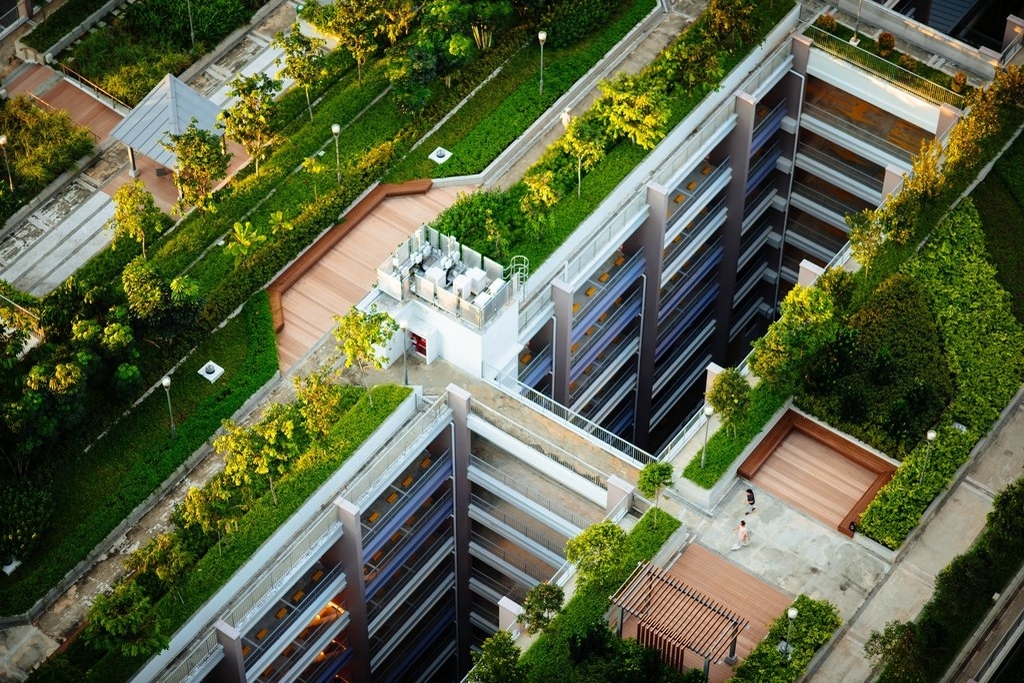10 Easy Facts About City Blooming Shown
Wiki Article
The 7-Second Trick For City Blooming
Table of ContentsNot known Incorrect Statements About City Blooming City Blooming Fundamentals ExplainedWhat Does City Blooming Mean?The 6-Second Trick For City BloomingCity Blooming Things To Know Before You Get This
Intrigued in growing food for sale in the City of Chicago? Below is a checklist of frequently asked questions regarding the guidelines and policies that cultivators should take into consideration when preparing a city agriculture task.
The zoning amendment does not change any various other codes handling composting, structure authorizations, buying or leasing City owned property, organization licenses or ecological contamination. There are existing codes that regulate these concerns and they remain completely impact and might apply to your job. Community gardens are usually owned or managed by public entities, public organizations or community-based organizations and preserved by volunteers.
Urban farms expand food that is intended to be marketed, either on a nonprofit or for-profit basis. Due to their commercial function, metropolitan farms need a company license. Yes. A neighborhood garden is enabled to offer surplus produce that was grown on website if the sales are accessory or subservient to the yard's main purpose described above.
The 4-Minute Rule for City Blooming
Composting is allowed however only for plant product that is produced and used on website. The amount of garden compost material can not go beyond 25 cubic yards at any type of provided time according to the requirements in 7-28-715 of the City's Municipal Code. Yes. Because the soil at most brand-new garden sites requires modifying, compost, dirt, timber chips, or other products can be acquired to create or boost the expanding area - sustainable gardening.
If a building permit is required then the hoophouse will certainly be taken into consideration an accessory building. You can figure out more about the building authorization needs by getting in touch with the Division of Structures. The 25,000-square-foot dimension restriction is intended to protect against a single community garden from controling a provided block or diminishing the block's existing residential or industrial character.
The restriction does not relate to gardens situated in Public Open Room (POS) districts. Can there be more than one community garden that is 25,000 square feet on a solitary block? Yes. The size limitation uses to individual yards, not to specific blocks. No. Fence is not required, nonetheless, yards that have large vehicle parking areas might be needed to install secure fencing or other landscape design features.
Some Known Details About City Blooming
B1 & B2 areas need that all business usage activities be performed have a peek here inside your home. R areas restrict industrial task. The policies mirror the objective and intent of the Zoning Code. Is fencing required for metropolitan farms? Yes. Fencings might be called for, together with landscape design and testing, for specific parking areas and exterior job or storage space locations depending on place and the certain task occurring.Yes. Urban ranches call for structure permits and zoning approvals prior to building and construction. Various other forms of city review may be required relying on details structures, tasks, size, landscape design, licensing, public heath and stormwater administration issues. Many of these needs are determined in the project layout or allowing procedure, however, the candidate might be responsible to independently recognize details licenses or allows that might be required.
The Division of Organization Affairs and Customer Protection can assist determine the certain type of organization certificate that's needed. Off street car park is needed for most business projects in Chicago. The needed number of parking areas is based on the number of employees functioning on website and not the square video of the growing area.
What Does City Blooming Do?

Yes. An urban farm can offer compost material created on website, nevertheless, the operation needs to follow the guidelines in 7-28-715 of the Chicago Municipal Code. Yes. Aquaponic systems are allowed inside your home on metropolitan farms in many zoning districts. A zoning evaluation and structure permit is needed in order to set up frameworks or systems and an organization certificate is needed as defined above.
As much as five hives or colonies of honey bees might be maintained as an accessory use. Nevertheless, beekeepers have to sign up with the Illinois Division of Farming. To learn more concerning the proposed zoning change you might speak to the Division of Real Estate and Economic Advancement, Bureau of Preparation and Zoning at 312.744.8563.
Farming in cities and urban areas An urban ranch in Chicago. Urban agriculture describes various practices of cultivating. https://giphy.com/channel/cityblooming, handling, and distributing food in urban areas. The term additionally applies to the location tasks of pet husbandry, tank farming, beekeeping, and cultivation in a metropolitan context. Urban agriculture is identified from peri-urban agriculture, which happens in rural locations beside suburbs.
City Blooming - The Facts
, who look for to form social networks started on a common principles of nature and community holism. These networks can establish by means of official institutional support, coming to be incorporated right into neighborhood community preparation as a "shift town" motion for sustainable urban growth.The extra straight accessibility to fresh veggie, fruit, and meat products that may be understood through city farming can boost food safety and food safety while reducing food miles, bring about lower greenhouse gas emissions, therefore adding to climate change reduction. Several of the first evidence of urban farming originates from Mesopotamia.
Report this wiki page